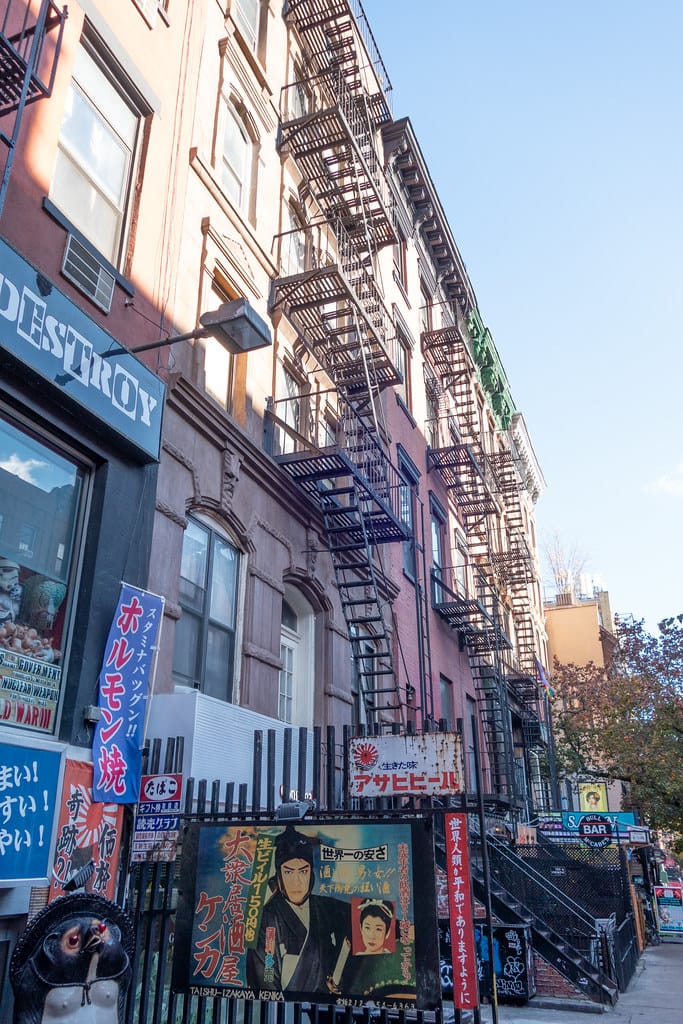Manhattan's Congestion Pricing: Early Success Validates Decades of Urban Planning Research
Just weeks into New York City's groundbreaking congestion pricing program, the data is already telling a compelling story that urban planners worldwide have been waiting to hear. Manhattan's Central Business District is experiencing measurably reduced traffic, improved air quality, and enhanced public transit ridership—outcomes that mirror successful implementations in cities like London and Stockholm, but represent a historic first for American urban policy.
The Numbers Don't Lie: Traffic Reduction Exceeds Projections
Since the program launched in January 2025, traffic volumes entering Manhattan's congestion zone have dropped by approximately 18% during peak hours, surpassing the Metropolitan Transportation Authority's conservative 10-15% reduction estimates. This decrease translates to roughly 100,000 fewer vehicle trips daily into the zone bounded by 60th Street and below.
The ripple effects extend beyond mere vehicle counts. Average travel speeds within the congestion zone have increased from 4.7 mph to 6.8 mph during peak periods—a 45% improvement that represents millions of collective hours saved for drivers, delivery services, and emergency responders who must travel within the zone.
Revenue Generation Fuels Transit Improvements
The $15 daily fee for most vehicles entering the zone during peak hours has generated approximately $2.1 million daily in net revenue, with collection rates exceeding 94% through automated license plate recognition systems. This revenue stream, projected to raise $1 billion annually, is already being channeled into MTA capital improvements including subway signal modernization and accessibility upgrades.
The program's exemptions and discounts—including reduced rates for low-income drivers and full exemptions for emergency vehicles and those transporting disabled passengers—have proven administratively manageable while maintaining the policy's core effectiveness.
Public Transit Ridership Surges
Perhaps most encouraging for sustainable transportation advocates, subway ridership has increased 8% on lines serving the congestion zone during the program's first month. The 4, 5, and 6 trains, which provide crucial north-south connectivity into Midtown and Lower Manhattan, have seen particularly robust increases in ridership.
This modal shift represents exactly what transportation economists predicted: when driving becomes more expensive, people adapt by choosing alternative transportation methods. The improved subway service funded by congestion pricing revenue creates a virtuous cycle, making public transit more attractive and reliable.
Business Adaptation Demonstrates Resilience
Initial concerns from business groups about customer deterrence have largely failed to materialize. Retail sales data from the first quarter shows minimal impact, with most businesses reporting that customers have simply adjusted their travel patterns—arriving by subway instead of car, or timing their visits outside peak charging hours.
Delivery and logistics companies have adapted by consolidating routes, using smaller vehicles that qualify for reduced rates, or scheduling deliveries during off-peak hours when charges are lower. These behavioral changes contribute to the program's traffic reduction goals while maintaining economic activity.
Environmental Benefits Begin to Emerge
Air quality monitoring stations within the congestion zone are recording preliminary improvements in nitrogen dioxide and particulate matter concentrations. While environmental benefits typically require longer observation periods to establish clear trends, the early data aligns with London's experience, where congestion pricing contributed to a 30% reduction in harmful emissions within the charging zone over its first decade.
Lessons for American Cities
Manhattan's success provides a roadmap for other American cities considering similar policies. The key factors enabling New York's achievement include robust public transit alternatives, advanced technology infrastructure for seamless toll collection, and careful attention to equity through targeted exemptions and discounts.
Cities like San Francisco, Seattle, and Boston, which possess similar public transit networks and traffic congestion challenges, are already studying New York's implementation for potential adaptation to their local contexts.
Looking Forward: Sustainable Urban Mobility
The early success of Manhattan's congestion pricing represents more than a traffic management victory—it demonstrates that American cities can implement sophisticated demand management policies that balance economic vitality with environmental sustainability and social equity.
As the program matures, continued monitoring will be essential to optimize pricing structures, expand exemptions where warranted, and ensure that revenue investments maximize public benefit. However, the fundamental principle has been validated: when cities price road space appropriately, they can achieve dramatic improvements in traffic flow, air quality, and public transit service while generating substantial revenue for infrastructure improvements.
The question is no longer whether congestion pricing works in American cities—it's which city will be next to embrace this proven solution to urban mobility challenges.

